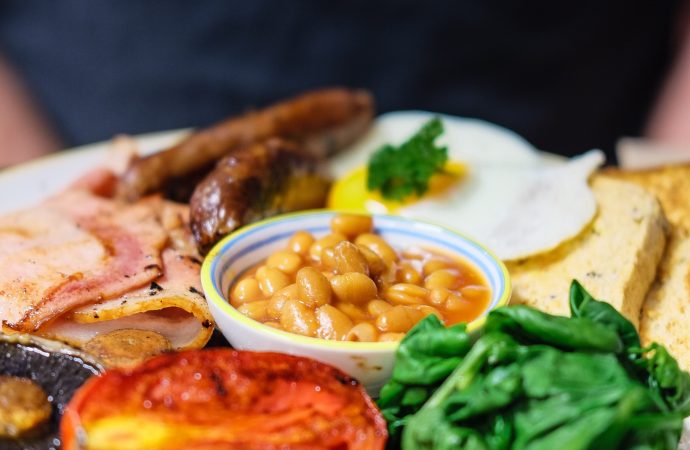In Rome, the arrival of spring is marked not only by the blooming of flowers but also by the celebration of fava bean season. This legume, with a long and rich history in Roman cuisine, is the star of many traditional dishes and festivals throughout the city. However, it also carries a dark side that
In Rome, the arrival of spring is marked not only by the blooming of flowers but also by the celebration of fava bean season. This legume, with a long and rich history in Roman cuisine, is the star of many traditional dishes and festivals throughout the city. However, it also carries a dark side that many are not aware of.
The fava bean, or “fava” in Italian, is a staple ingredient in many Roman dishes, including pasta e fagioli, a hearty pasta and bean soup, and vignarola, a vegetable stew with artichokes, peas, and, of course, fava beans. During the month of May, many Roman restaurants feature fava bean-inspired menus and offer a variety of dishes showcasing the legume’s versatility.
In addition to its culinary importance, the fava bean holds cultural significance in Roman tradition. It is believed to have been a sacred crop in ancient Rome, and was often used in religious ceremonies. Today, it is a symbol of good luck and prosperity, and is often given as a gift during the month of May.
However, amidst the joy and reverence of fava bean season, there is also a sense of caution and fear. Fava beans contain a chemical called L-Dopa, which can cause a serious and potentially fatal condition called Favism in individuals with a genetic deficiency called G6PD. Favism is a type of hemolytic anemia, in which red blood cells are destroyed and removed from circulation, causing symptoms such as fatigue, shortness of breath, and jaundice.
While Favism is relatively rare, affecting only about 400 million people worldwide, it is more common in certain populations, including those of Mediterranean descent. In Rome, where fava beans have been a dietary staple for centuries, it is estimated that 1 in 20 people carry the G6PD deficiency.
To mitigate the risk of Favism, many Romans are careful when consuming fava beans, particularly during fava bean season. They are advised to soak the beans overnight and cook them thoroughly to reduce the levels of L-Dopa, and to avoid consuming large quantities in one sitting. Some individuals may also carry a card or wear a bracelet to alert medical professionals of their G6PD deficiency in case of emergency.
Despite the potential dangers, fava bean season remains a beloved and integral part of Roman culture and cuisine. The celebration of the legume continues to bring people together in joy and festivity, with many local festivals and events dedicated to the bean. One such festival, the Festa della Primavera, takes place in the Prenestino-Labicano neighborhood of Rome and features live music, dancing, and, of course, fava bean-inspired dishes.
As fava bean season comes to a close in Rome, it serves as a reminder of the complex and multifaceted nature of food culture. While the fava bean is a source of joy and celebration, it also carries with it a potential risk that must be acknowledged and respected. As we continue to explore and appreciate the diversity of food traditions around the world, it is important to approach them with both reverence and caution, and to honor the complex relationships between food, culture, and health.

















Leave a Comment
Your email address will not be published. Required fields are marked with *